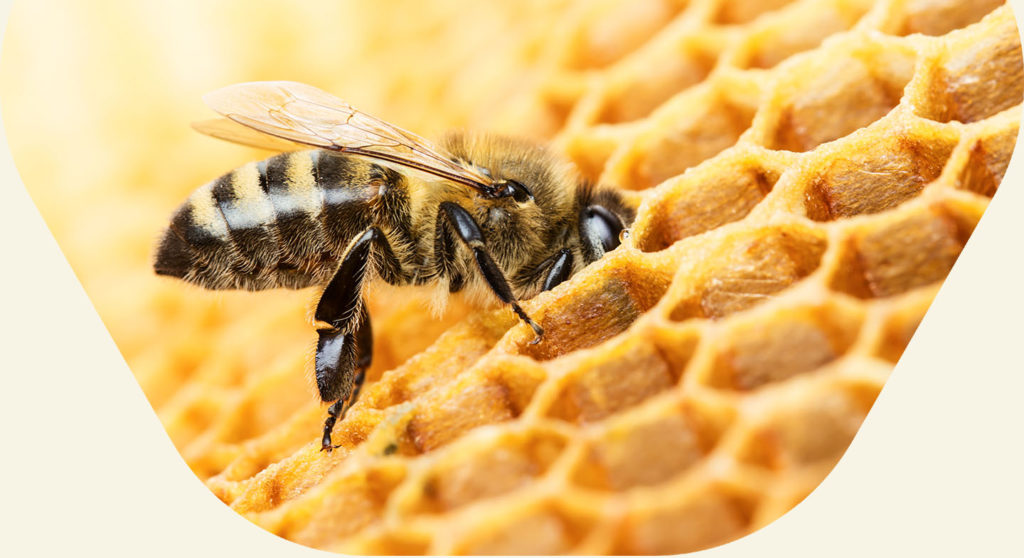API of the Month
Mathieu Domecq
Editor-in-chief of the API blog of the month
We’re now coming into the season for beekeeper trade fairs and conventions. In autumn, FNOSAD and SIMAPI will be the key events for lovers of all things bees and honey. This may be an opportunity to find equipment for future investments (e.g. beehives). After looking at the work for this month, this article will focus on the quality of wood.
Did you know that the first framed wooden beehive was created in 1850, over 170 years ago? This was the Langstroth hive, which allowed beekeepers to manipulate and move the honeycombs.
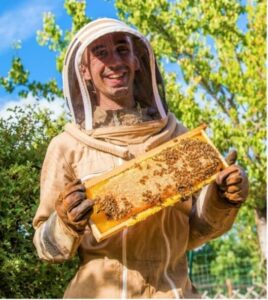
This month’s work
This month is the end of the season for beekeepers. It’s time to tackle the beehive’s reserves. Here’s a summary of the beekeeping work for October:
-Feed the hives: If the beehive seems light when weighed, it is probably because there is a lack of honey. The reserves should be replaced by adding ApiInvert syrup; a 2.5 kg bag should suffice. You can also add some protein candy if there is a lack of pollen.
– Clean your equipment: It’s time to sanitise your equipment. To do this, place your stainless steel tools (frame lift, etc.) in a basin with bleach. This will destroy all diseases. Also wash your suit in the machine, and clean your gloves by hand. Rub leather gloves with wax to spruce them up.
– Melt the wax: Once you have gathered all your caps, it’s time to melt them into blocks using a wax boiler, solar cerifier or even in a bain-marie if you only have small volumes.
You can send the wax block you obtain to a wax shop or your beekeeping union to be processed into honeycomb-textured sheets.
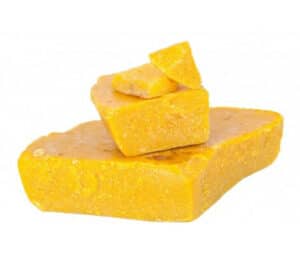
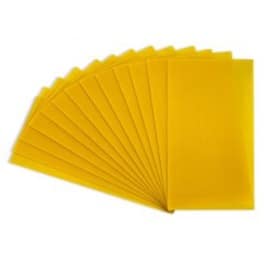
– Watch out for hornets: keep trapping! In autumn, hornets are still looking for protein to prepare for the fertilisation period, although now fruits such as apples and figs may be more attractive to them than bees. Both Asian and European hornets are harmful to colonies. This means you should make sure to place traps nearby, and place muzzles on the front of the beehives if necessary.
Making a beehive
A wooden beehive is a good idea, but which wood should you use?
A study was carried out using a survey of beekeeping retailers and beekeepers in southern France. The aim was to compare the expectations of beehive buyers with the selling points stores gave in their favour.
Historically, humans first started building straw beehives, which gradually evolved into the use of hollow trees. They then adopted the necessary techniques to dig out tree trunks themselves to raise their bee colonies.
Depending on the size of the farms, beekeepers have different preferences for wood and how their beehives are assembled. In France, we primarily find family beekeepers with fewer than 50 beehives, where bees are often sources of additional income. Then there are part-time beekeepers, i.e. those with 50 to 200 beehives; then professional beekeepers, with over 200 beehives.
Those surveyed mostly mention using pine and spruce for their beehives, followed by a few deciduous trees such as oak or chestnut. The identification of wood in beekeeping stores is often unclear for many beekeepers. According to distributors, one-third of beehives are made from wood from French forests, while half are imported from Eastern European countries and Portugal. The rest (14%) such as cryptomeria comes from the US.
Sellers are aware that wood is chosen not for its quality, but often for its proximity to Europe and cheap labour. In addition, the European market leader in beekeeping is accepting this shift in production to reduce costs.
For beekeepers, the criteria for a good beehive are as follows:
_ not too heavy (for seasonal migrations)
_ long lifespan
_ robustness
_ a good price
_ good insulation for the bees
_ a natural smell of wood (fir and lime are more attractive to bees)
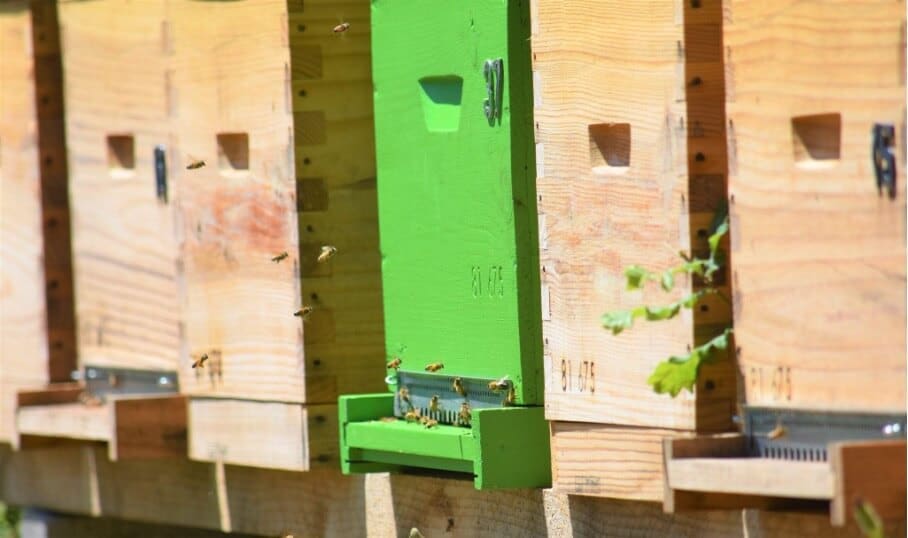
A beehive can weigh less than 5 kg (with cryptomeria) and up to 8 kg with chestnut wood! Besides wood, some beekeepers will favour plastic because of its lightness and price. It is also much easier to clean (disinfection, for example) and the box does not age (no paint protection has to be applied).
Please note that not all wood grades on the market are created equal. We are inundated with low-priced beehives. These producers may not all have the same knowledge about the optimal production of a beehive (especially about the period for cutting wood, unsuitable species or inadequate mastery of drying and joining techniques).
In the assembly of the beehives, we most often find half-wood beehives and tenon beehives (with a small difference in the assembly of the boards). For the first, the wood is screwed plank-to-plank or sometimes only stapled, which causes the wood to creep over time. Whereas with a tenon hive, the wood pieces are slotted into each other, making it more durable. It is a popular model in the south due to the heat, which causes the wood to swell.
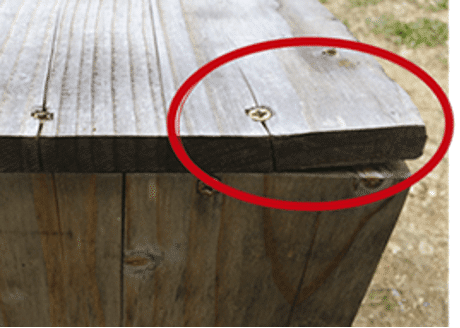
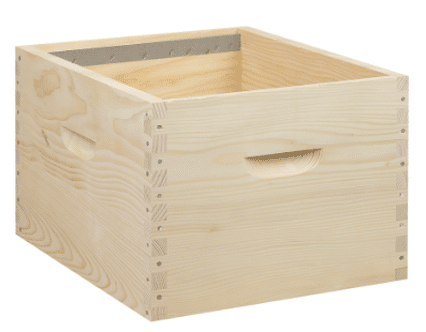
From this survey, we conclude that the majority of the beehives purchased are made in Europe (Portugal) from spruce or pine. Beekeepers and sellers prefer wood for the same reasons: insulation, price and robustness.
As usual, share your photos with us. They will be posted on our website from social media using the hashtag: #apifonda #apiinvert!
We will be back next month on your API blog with your faithful partner, Les Ruchers De Mathieu!

LES RUCHERS DE MATHIEU
Honey & Beekeeping Shop
Photos ©lesruchersdemathieu
